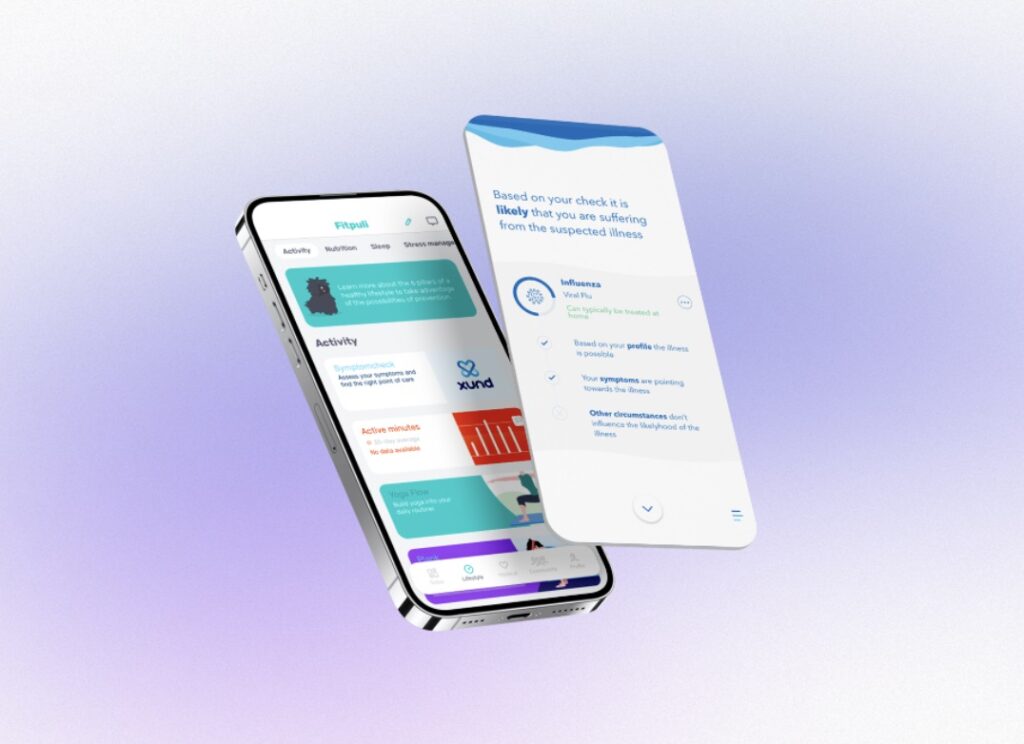Updated cancer prevention guideline: physical activity is key
As a result of novel scientific evidence, the American Cancer Society has updated its guideline on lifestyle recommendations for the first time in 8 years, further emphasizing the possibilities of prevention. Could increased physical activity and diet change be our secret weapon against cancer? We looked into the details in our new post.
Despite the robust efforts in anti-cancer drug development and increasing evidence that many malignancies are preventable, cancer currently outranks cardiovascular disease as the number one cause of death in the US under the age of 80. It has been shown that both screening activities (secondary prevention) and preventive measures focusing on environmental and lifestyle risk factors (primary prevention) can reduce cancer mortality.
Our knowledge is expanding significantly but this expansion does not appear in the statistics. It is estimated that 50% of cancer cases are preventable thus these cases can be seen as missed opportunities. Despite the scientific advances, population-level implementation of cancer prevention strategies did not show convincing results so far.

As a consequence, at the beginning of June 2020, the American Cancer Society (ACS) has updated its guideline on diet and physical activity for cancer prevention for the first time since 2012. Their recommendation for individuals consists of four main points:
- Achieve and maintain a healthy body weight throughout life.
- Be physically active.
- Follow a healthy eating pattern at all ages.
- It is best not to drink alcohol.
To give a better idea of what has changed in eight years, we have summarized the most important changes in the new guideline comparing it with the last one in the next table:
| Category | ACS recommendations 2012 | ACS recommendations 2020 |
| Physical activity | Adults should engage in at least 150 minutes of moderate-intensity or 75 minutes of vigorous-intensity activity each week, or an equivalent combination, preferably spread throughout the week. | Adults should engage in 150-300 minutes of moderate-intensity physical activity per week, or 75-150 min of vigorous-intensity physical activity, or an equivalent combination; achieving or exceeding the upper limit of 300 minutes is optimal. |
| Nutrition |
|
|
| Addictions | Drink no more than 1 drink per day for women or 2 per day for men. | It is best not to drink alcohol. People who do choose to drink alcohol should limit their consumption to no more than 1 drink per day for women and 2 drinks per day for men. |
Why physical activity?
The changes in the recommendations are based on scientific evidence published since 2012. The evidence that supports that regular physical activity is one of the most important lifestyle factor prevention strategies can focus on is increasing. To illustrate this concept, we can look into a 25-years long cohort study that was published in May 2020.
In this study, data from the Office for National Statistics of England and Wales were analyzed in order to assess how different ways of commuting (using a car, public transport, walking, or cycling to work and from work) compares in terms of all-cause mortality, cancer mortality and cancer incidence. A population of approximately 395 000 individuals was divided into groups based on different variables and then the relative risk of these groups was compared for certain studied events.
Their results show that compared to using a private motorized vehicle, bicycle commuting was associated with a reduced rate of all-cause mortality, cancer mortality, and cancer incidence; walk-commuting was associated with lower cancer incidence, and using public transport (more specifically railways) to commute resulted in a decrease of all-cause mortality and cancer incidence.
But what causes these differences?
Different commuting ways result in differences in average physical activity, the amount of inhaled air pollutants, noise, or even stress. The exact health effects of these exposures however are not completely understood.
Bicycle commuting results in a marked increase of weekly physical activity but also an increase in the amount of inhaled pollutants due to increased respiration rate and respiratory volume. Considering that bicycle commuting was associated with the lowest cancer incidence and mortality out of all four assessed forms, this finding could suggest that the benefit of regular physical activity outweighs other possible disadvantages such as inhaled pollutants. The same study highlights that using a private motorised vehicle is by far the most common method of commuting chosen by 67%, while cycling is the least common out of the assessed four preferred by only 3% of the studied population.
As the diagnosis of cancer is a heavy burden both for the affected patient and their relatives and friends, preventive measures should be the foremost choice of weapon in the fight against cancer. Prevention is not only effective but it is the only tool that decreases the number of cancer diagnoses as well as cancer mortality.
Individual and community actions together are needed to raise awareness of known risk factors and to provide accessible and affordable ways to implement adequate lifestyle changes for individuals. Making healthy lifestyle changes is not an easy task but – according to science – a very much rewarding investment.
Based entirely on scientific evidence, our digital employee wellness programme has been created for companies looking to win big.
Puli Start
Fitpuli
Improve employee health awareness and productivity, cut illness-related costs
- Fitpuli application
- Team challenges
- Professional attitude test
Puli Plus
Fitpuli + Occupational health
(Currently only available in Hungary)
Combine our digital wellness programme with occupational health services for efficient prevention and increased savings
- Fitpuli application
- Professional attitude test
- Occupational health services
Puli Care
Fitpuli + Insurance
(Currently only available in Hungary)
Improve employee health awareness and cut illness-related costs by offering company health insurance plans and first-class healthcare to your employees.
- Fitpuli application
- Professional attitude test
- Health insurance
Puli Pro
Fitpuli + Occupational health + Insurance
(Currently only available in Hungary)
Choose our most complex and comprehensive health improvement, protection and services solution: combine the digital wellness programme with occupational health services and advanced health insurance plans
- Fitpuli application
- Professional attitude test
- Team challenges
- Occupational health services
- Health insurance
| Module | Puli Start | Puli Plus | Puli Care | Puli Pro |
| Medical |  |
 |
 |
 |
| Lifestyle |  |
 |
 |
 |
| Individual challenges |  |
 |
 |
 |
| Team challenges |  |
 |
 |
 |
| Professional attitude test |  |
 |
 |
 |
| Occupational health services |  |
 |
 |
 |
| Health insurance and medical care |  |
 |
 |
 |
| Medical care |  |
 |
 |
 |
| Appointments |  |
 |
 |
 |
What's included?
| Module | Puli Start | Puli Plus | Puli Care | Puli Pro |
| Medical |  |
 |
 |
 |
| Lifestyle |  |
 |
 |
 |
| Individual challenges |  |
 |
 |
 |
| Team challenges |  |
 |
 |
 |
| Professional attitude test |  |
 |
 |
 |
| Occupational health services |  |
 |
 |
 |
| Health insurance and medical care |  |
 |
 |
 |
| Medical care |  |
 |
 |
 |
| Appointments |  |
 |
 |
 |
Stay in the know
Sign up for our newsletter and never miss another update on digital health care, employee wellness programmes and all things health! Powered by Fitpuli’s health experts.

 Back to the list
Back to the list


